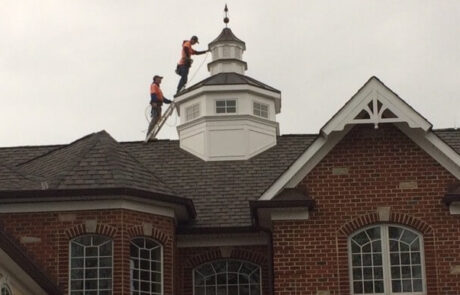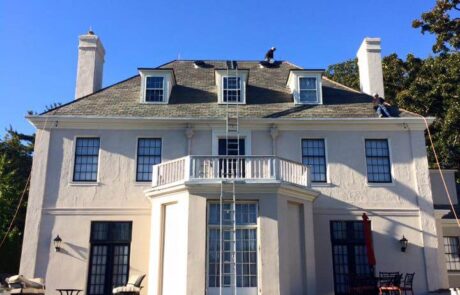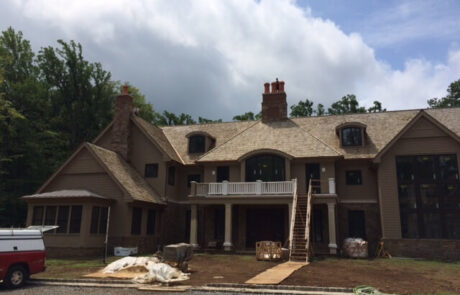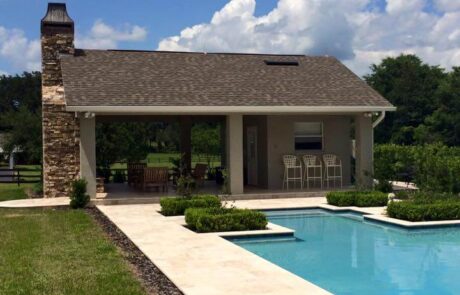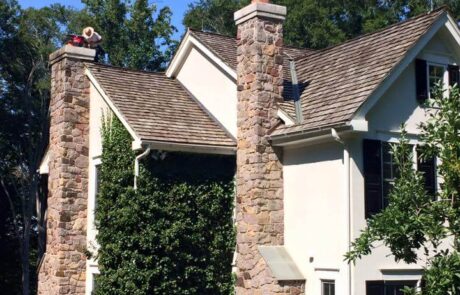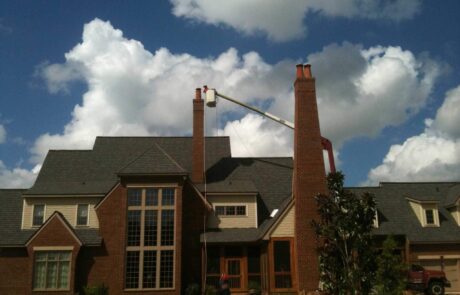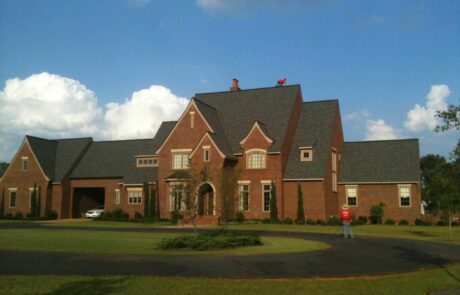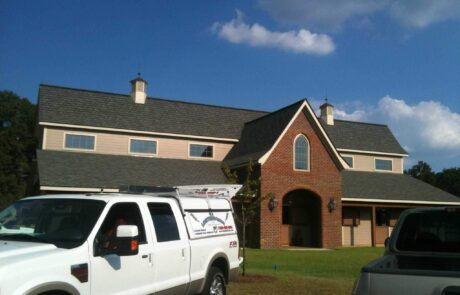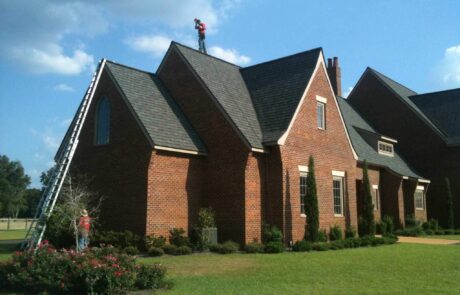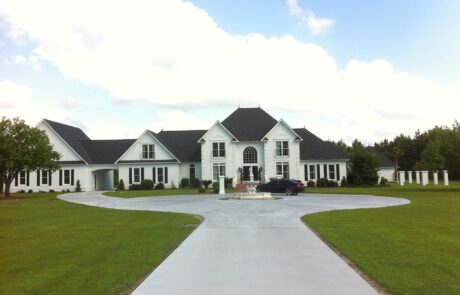Call 1-800-557-9037 For Lightning Protection Solutions
Residential Lightning Protection System
WB Lightning Rods is a leader in residential lightning protection systems. You cannot prevent lightning strikes from happening. However, if properly designed and installed, a lightning rod can withstand a large amount of electricity and move it away from houses and other structures. The main purpose of lightning protection system is to avoid electrocution or house fires caused by lightning.
WB Lightning Rod’s number one priority is to protect your residential property from lightning strikes. Most lightning strikes target the tallest structures in the vicinity. When lightning hits a material that’s not good conductors, it can cause severe electrical and thermal damage to homes, trees, and other structures.
WB Lightning rods can design and install a residential lightning protection system that will help protect your property and your family by redirecting the lightning strike’s current away from your home, which will help in preventing fires and protect your electrical devices from being “fried” by lightning. WB has been protecting families and properties from the devastating effects of lightning since 1950. Contact us today for a free lightning rod consultation and let us do the rest!
Need more information? Please fill out the form below and we will get back to you promptly.
Residential Lightning Protection Recent Projects
Components of Lightning Protection System
There are usually five protection elements for a residential building or a light commercial structure. These elements generally apply for buildings under Class 1 or those that are less than 75’ tall.
Air Terminals
These sit at the uppermost point of the system. Also referred to as points or lightning rods, they are located at the point of contact between the system and a lightning strike. For this reason, electrical designers place them on points that are susceptible to strikes. These include chimneys, dormers, flat roof edges, ridges and any mechanical projections.
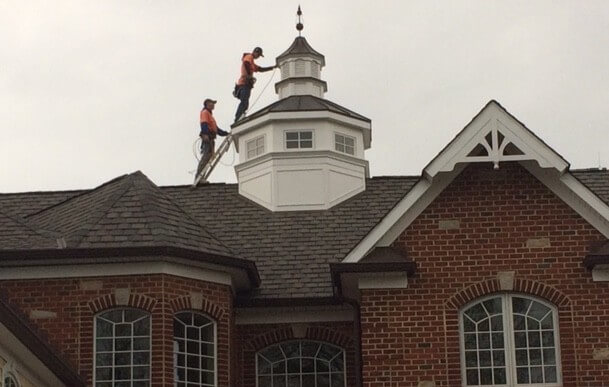
Conductors
These are copper or aluminum lightning cables that attach all terminals and then direct strikes of lightning to the ground.
Bonding
To avert side flashes, bonding is installed to connect electrical, plumbing and mechanical systems. These sit between the residential lightning protection systems and the other preexisting systems of an ordinary house.
Grounding
This refers to steel rods with copper cladding. As they act as the strike discharge points into the ground, electrical designers drive them ten feet into the earth. Buried cables and flat plates can be utilized as electrodes in some soil types.
Surge Arresters
This refers to electrical apparatus positioned on the entrance to telephone, electric and video/data services. The purpose is to keep away any harmful over-voltage that is likely to be experienced in the above residential services and areas. While preventing damage to these installations, surge arrestors guarantee a long shelf life to these services.
Special Items
Residential structures can have special items on the roof and surrounding areas, just as their commercial counterparts do. These include antennas, trees, flag posts, weather vanes, ornaments, and other elevated objects in the adjacent space and surrounding.
The fact that Class 1 structures need less complex residential lightning protection systems is not a justification for electrical designers to take them for granted. In fact, they should observe more care as families spend more time at home and therefore need maximum protection.
Why We Do It Better
Lightning protection is a very specialized field within the construction industry. To ensure your lightning protection system is properly installed and offers the protection it should, it is vital to hire an installation professional. We have the following certifications & credentials.
- Rated A+ with the Better Business Bureau (BBB)
- Licensed & Insured
- National Fire Protection Association (NFPA) Member
- Educated in UL 96A; NFPA 780; and LPI 175
- Voted Home Advisor Top Rated
- Awarded Elite Service Professional On Home Advisor
- Best of Home Advisor Winner 2016
Call 1-800-557-9037 For Lightning Protection Solutions

